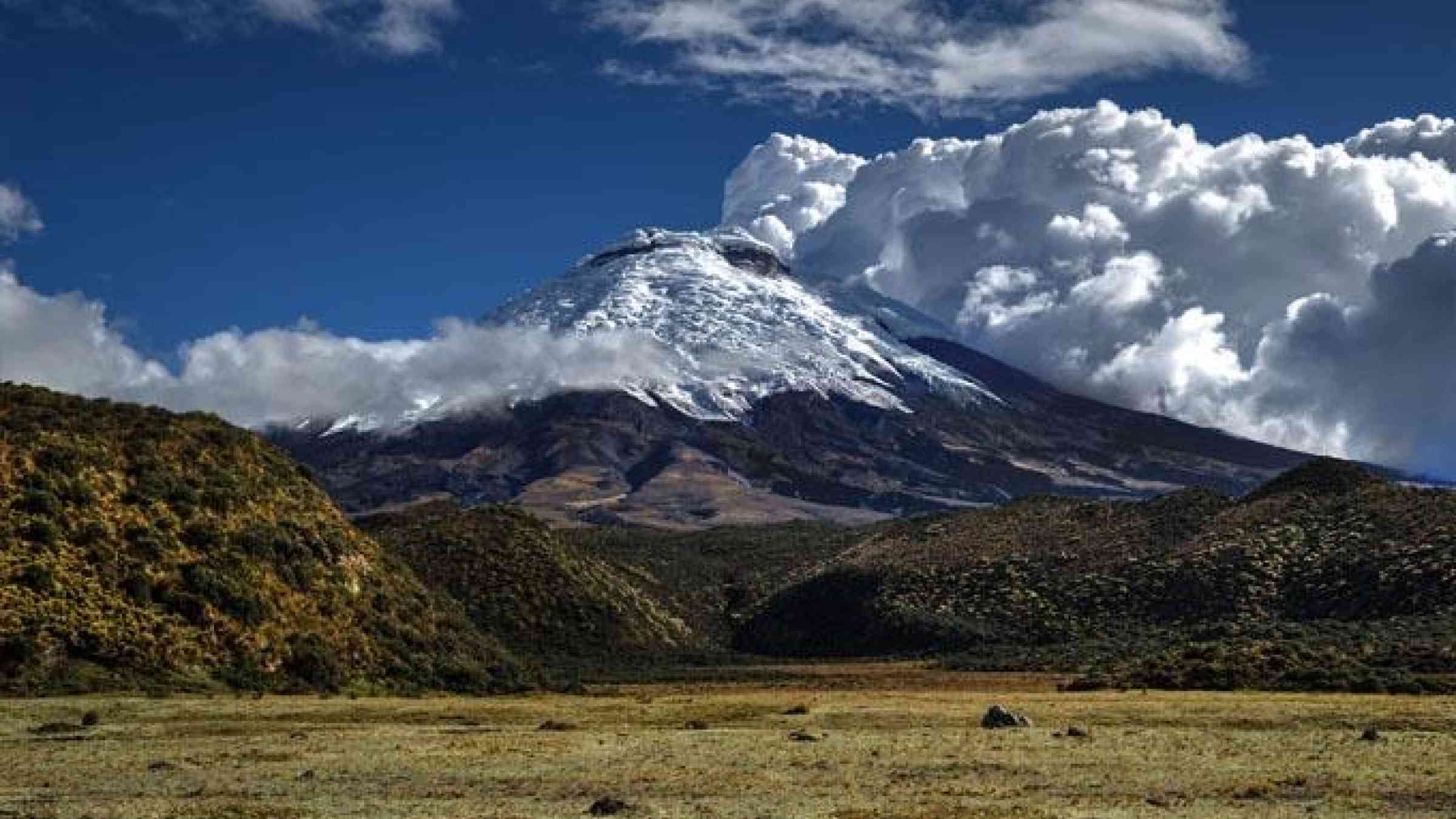Risk mitigation and emergency response project to benefit four million Ecuadorians

The World Bank Board of Executive Directors approved a US$150 million loan that could benefit four million Ecuadorians through risk protection and mitigation works. Specifically, the financing seeks to reduce the possible effects of the El Niño phenomenon and the Cotopaxi volcano, and to support the resumption of basic and productive services in case of a natural disaster.
“Ecuador is prepared to confront this type of emergency and to this end it has immediate access to contingent credit lines, which will permit it not only to mitigate disasters but to finance reconstruction work as well,” said Fausto Herrera, Minister of Finance of Ecuador. “The National Government will provide the resources needed to deal with possible emergencies caused by events such as the reactivation of the Cotopaxi volcano or the El Niño phenomenon.”
The Ecuador Risk Mitigation and Emergency Recovery Project will cost a total of US$168 million, US$18 million of which will be contributed by the National Government.
“The project will support disaster care and recovery preparedness in view of the imminent events affecting the country today,” said Alberto Rodriguez, World Bank Director for Bolivia, Chile, Ecuador, Peru and Venezuela. “We know that in these cases, disaster risk reduction activities cannot wait; because of this we have worked together with various executing institutions in preparing this project, in parallel with the implementation of some urgent mitigation work.”
The Project includes three components:
- Disaster preparedness and risk mitigation, focused on reducing the possible impact of the expected effects of the El Niño phenomenon and the Cotopaxi volcano. Activities include river dredging, canal clean-up, road rehabilitation, preventive stabilization works, the construction of shelters for cattle and the acquisition of the supplies and components needed to protect public health.
- Post-disaster recovery and reconstruction to finance the recovery of strategic sectors such as transport, water, agriculture and livestock.
- Project management and capacity building activities among executing organizations.
The Ministry of Finance is in charge of coordinating Project execution, which will be implemented through four co-executing agencies: the Ministry of Agriculture, Livestock, Aquaculture and Fishing; the Ministry of Public Health; the Ministry of Transport and Public Works; and the Public Water Company.
The Project finalizes on 2020, has a 35-year maturity period, and includes an 18-year grace period.